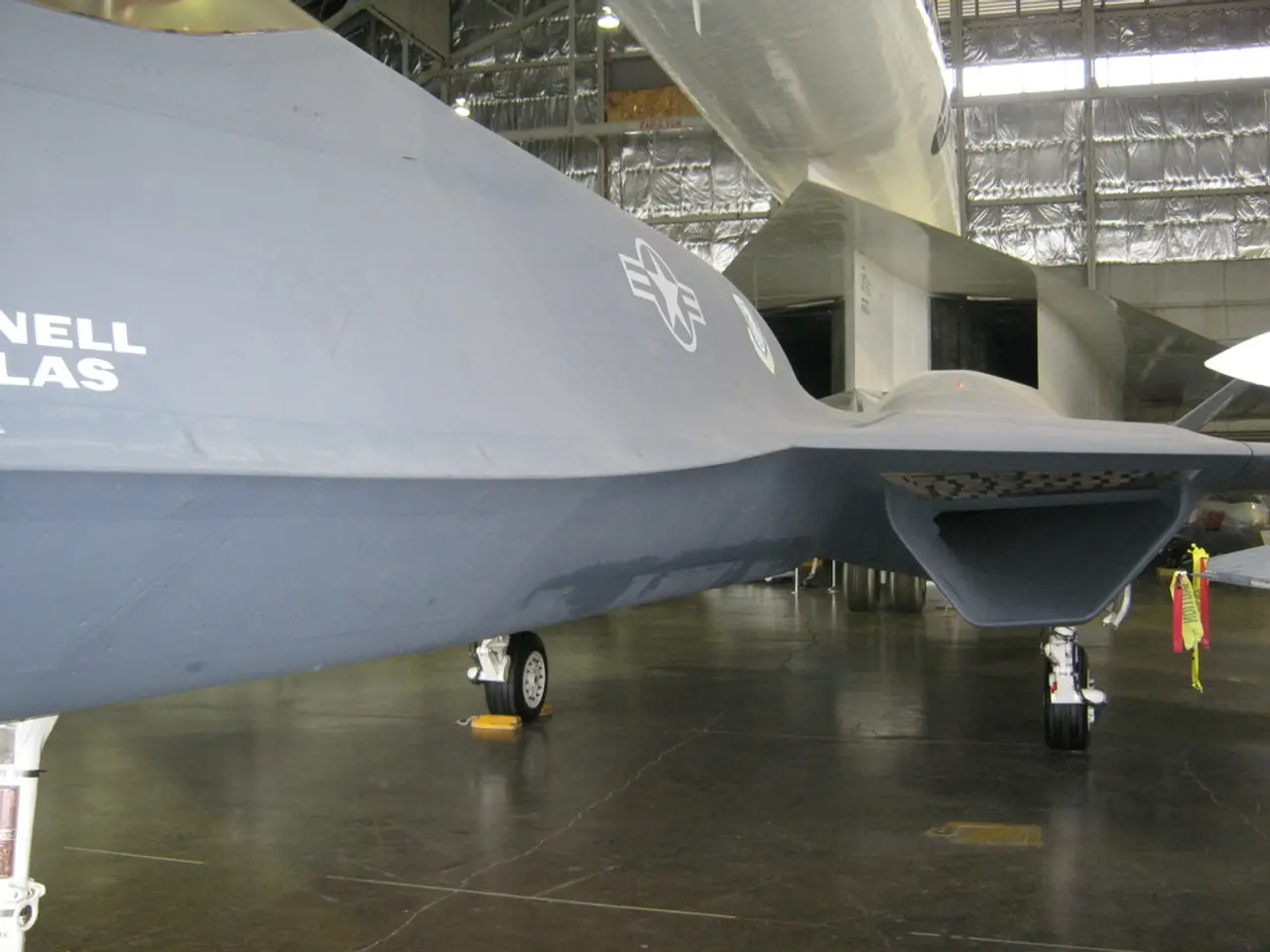Unresolved findings in initial aircraft collision investigation report
In the wake of the tragic Air India plane crash in Ahmedabad, concerns about the safety of premier travel in India have been raised, as the country's attitude towards safety has been called into question. The Aircraft Accident Investigation Bureau of India, along with experts from Boeing, General Electric, Air India, and experts from the US and the UK, are currently investigating the incident.
The preliminary report by Indian aviation accident investigators has shed some light on the sequence of events that led to the crash. The fuel supply to the engines of the Boeing 787-8 Dreamliner was cut off just seconds after takeoff. The fuel cutoff switches for both engines were moved from the "RUN" position to the "CUTOFF" position, one after another, within one second. This sudden loss of power likely contributed to the inability of the pilots to control the aircraft effectively, leading to the fatal crash.
The cockpit voice recorder captured a conversation between the pilots. One pilot asked the other why he had engaged the cutoff switch, and the other pilot responded that he did not do so, suggesting a potential miscommunication or malfunction. About 10 seconds after the fuel cutoff, the fuel flow to the engines was restored, and an automatic restart sequence was initiated. However, there was not enough time to prevent the crash.
Approximately 20 seconds after the cutoff, one of the pilots sent a MAYDAY distress signal. The black box stopped recording shortly after. The exact cause of the fuel cutoff remains unclear, leaving room for further investigation into potential human error, mechanical issues, or other factors.
The investigation is ongoing, and the design of the engine fuel cutoff switches, which require human involvement to move and are designed to prevent accidental activation, is a subject of intense speculation. Some experts have suggested that the mental health of one of the seasoned pilots in charge of the flight may have led to the fuel cutoff, but this theory has been questioned due to the immediate re-ignition of the engines after the switches were engaged again.
The crash of the Air India plane in Ahmedabad is being compared to the Kennedy assassination, as it may remain an unsolved mystery. The state of Indian aviation, the third largest in the world, has been called into question due to concerns about cutting corners, overlooking minor equipment problems, skipping rigorous safety checks, and insufficient numbers of trained pilots and air traffic controllers. Expediency is often considered an overriding virtue in India, which can lead to safety compromises and potentially dangerous situations.
However, it is important to note that the Air India crash may not necessarily lead to a change in attitude towards safety in India. Taking preliminary steps towards safety is not a strong suit in India, and this is not limited to the field of aviation. The price that India pays as a society for prioritizing expediency over safety can be seen in various fields of endeavor.
The crash of the Malaysian airliner years ago remains unsolved, with no clue whether it was a deliberate action or inexplicable happenings inside the cockpit. Determining whether the engine fuel cutoff was accidental or intentional is crucial to solving the riddle. The immediate re-ignition of the engines after the fuel cutoff switches were engaged has cast doubt on the theory that the mental health of one of the pilots caused the crash.
As the investigation continues, the hope is that the truth will be uncovered, and any necessary safety measures will be implemented to prevent such tragedies from happening in the future. The Aircraft Accident Investigation Bureau of India continues to analyze the data and evidence to determine the root cause of the incident.
The investigation into the Air India plane crash has highlighted the potential need for improved safety measures in the aviation industry, particularly concerning engine fuel cutoff switches. The finance sector may need to allocate more resources for rigorous safety checks and training of pilots and air traffic controllers to prevent costly accidents.
The tragic Air India plane crash has sparked a conversation about expediency versus safety in various sectors of India, including transportation, where cutting corners could lead to damaging consequences. The state of Indian aviation, as the third largest in the world, has been criticized for overlooking minor equipment problems and insufficient safety checks, requiring a shift in priorities towards prioritizing safety over expediency.




